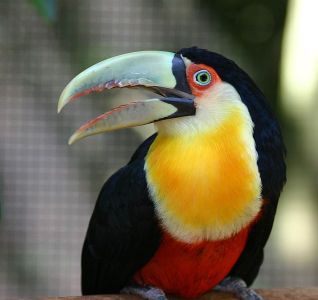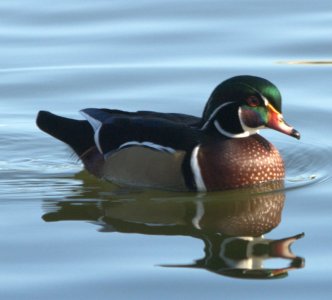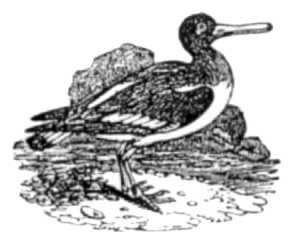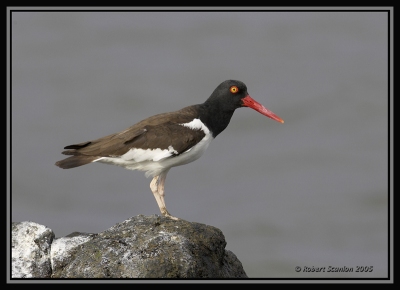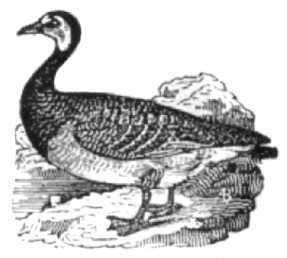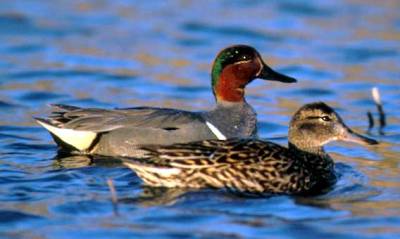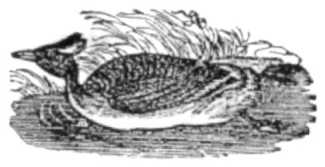The list of all the Birds of the World are updated about every four months. Which we try to keep up with their (I.O.C.) newest lists.
You are probably wondering why you would need it. Let me share some things about it and then give you some ideas how it my be handy for one of your school projects.
The I.O.C. is actually the International Ornithological Committee. “Ornithological” basically means those who study birds or bird related. They maintain a list of all the birds around the world. They set standards of how to name them, what scientific classification to place the birds in, and divide them into Orders and Families, etc.
They are needed because we may call a bird by one name, yet someone in a different country or area may call it by a different name. They realize that those two names belong to the same bird. It is a very hard task to keep track of all those 10,000 plus birds, but that is what they try to do.
They give every bird an English name as a standard. Then they also want every one to spell the words the same. For instance, some people spell the “Grey” or “Gray” to mean the same color. To keep things simple, all the birds are spelled as “Grey.” That is just one example.
There are committees all over the world working on the birds of the area they live in, then those committees get together to combine all the list to make one big list. That is what was just updated.
On our Birds of the World section, you will find the birds listed by Orders (40 main classifications), then by Families (240 groups of closely related birds). The reason all of that is not duplicated here would be very time-consuming. There are hundreds of pages and thousands of photos on that site.
Projects for school or your own information:
You know the name of a bird’s name, but need to find the Species name, Go to the Species Index to find these choices:
If you know that it called Madagascan something, go to the First Name of Bird index and choose the “M” page
If you know it is a Duck, go to the Last Name of Bird index and choose the “D – Last Name” page.
The Families have four indexes to help you find the Families of birds.
- Families – Alphabetical (Scientific)
- Families – Alphabetical (English)
- Families – Taxonomic (Scientific – English)
- Families – Taxonomic (English – Scientific)
When you find your bird in the right family, almost every bird has a link to a photo or video.
I will share more tips on how to use those indexes in another article.
Another reason is because we believe the Lord created all the beautiful birds and He should get all the credit.
In the beginning God created the heavens and the earth. (Genesis 1:1 NKJV)
So God created great sea creatures and every living thing that moves, with which the waters abounded, according to their kind, and every winged bird according to its kind. And God saw that it was good. (Genesis 1:21 NKJV)
*
